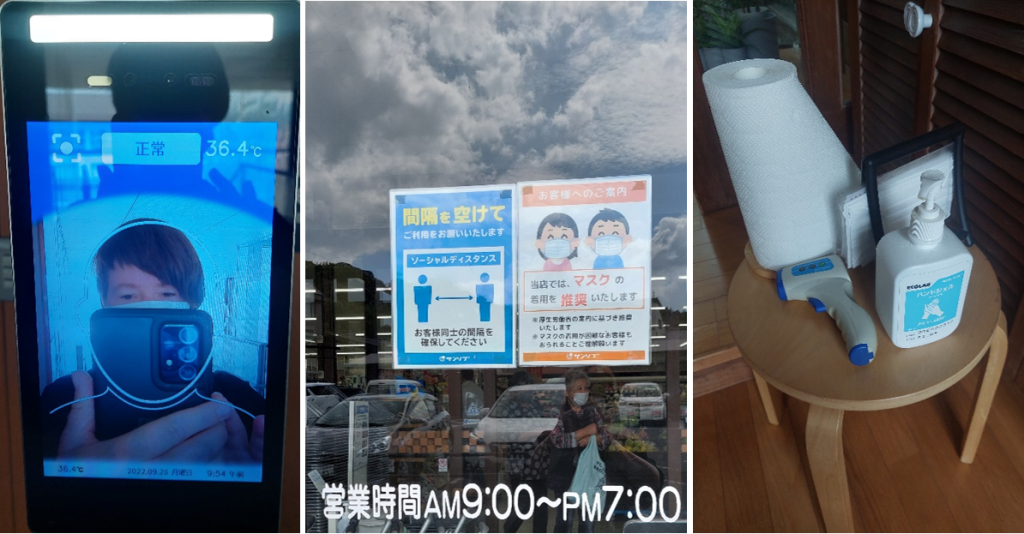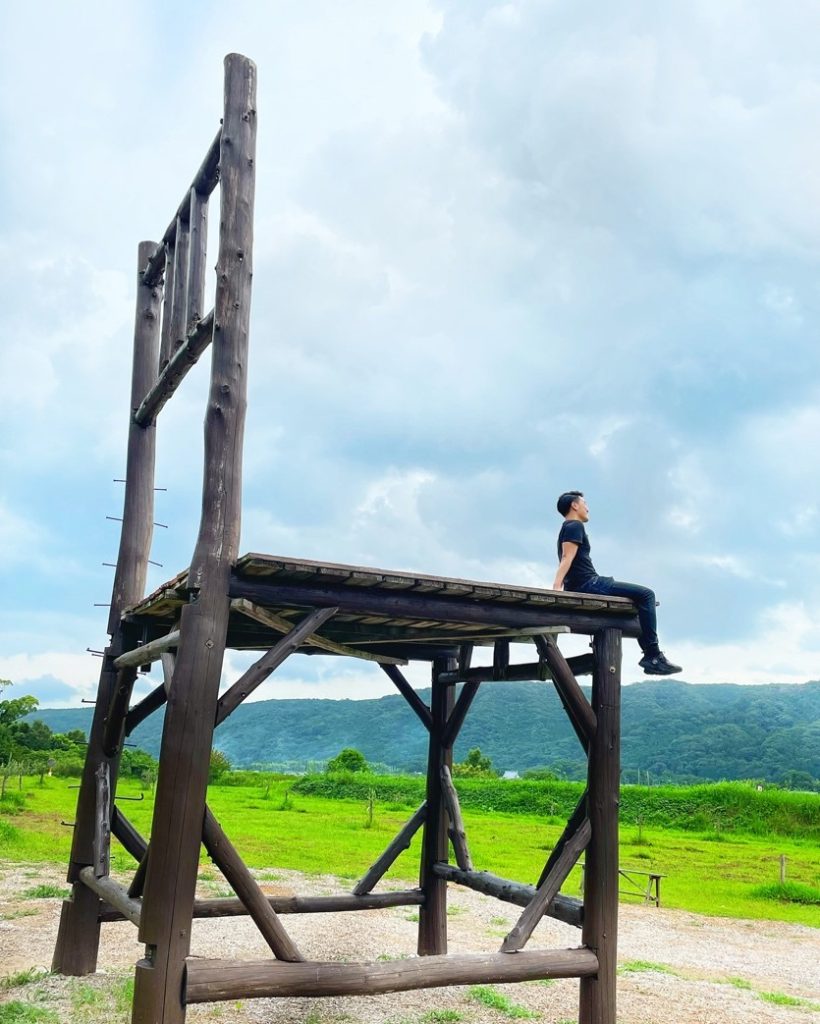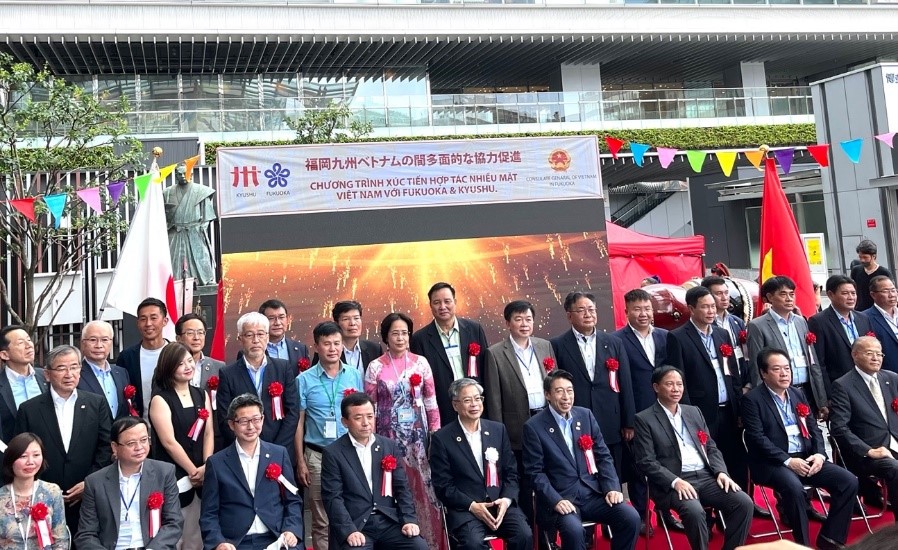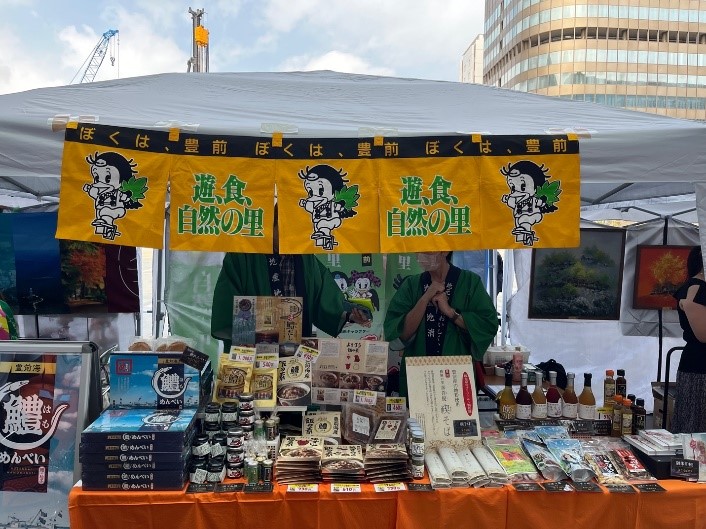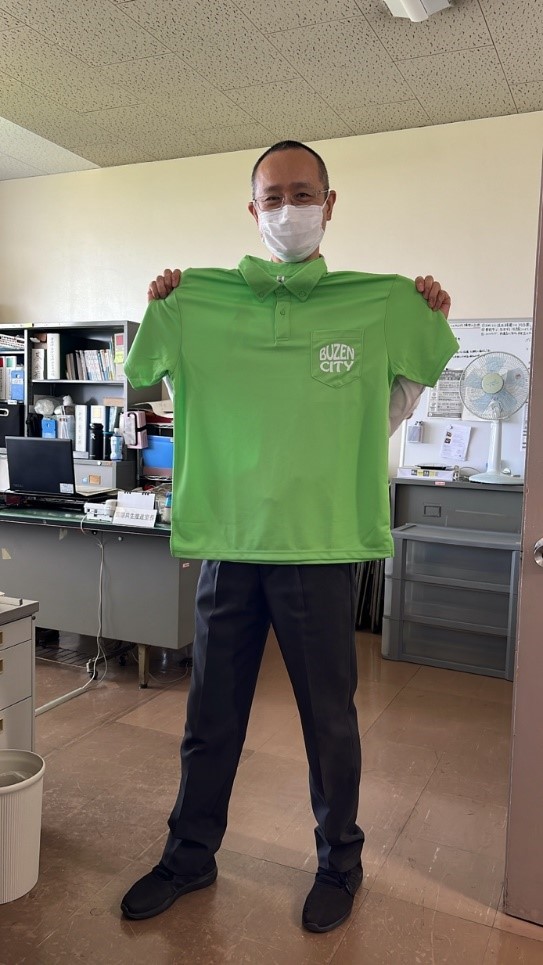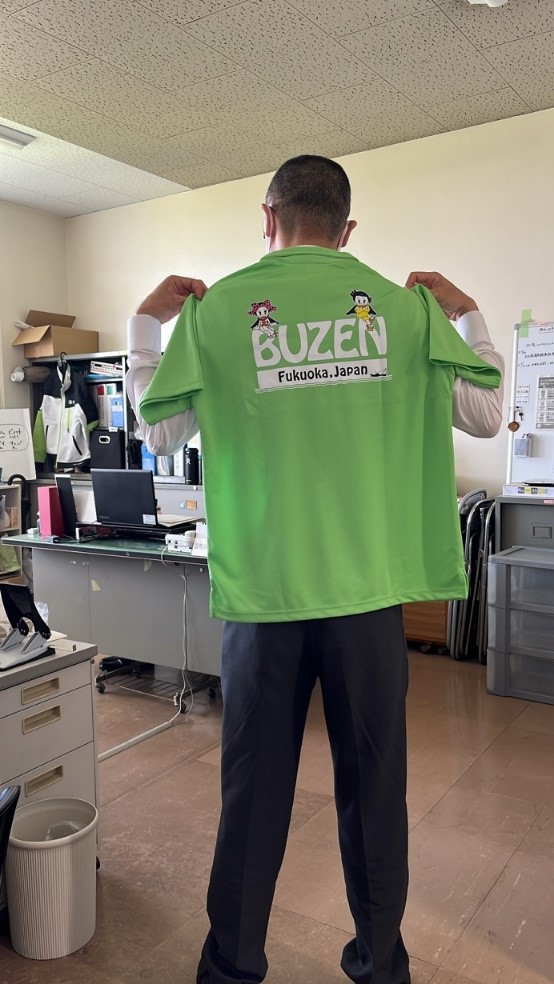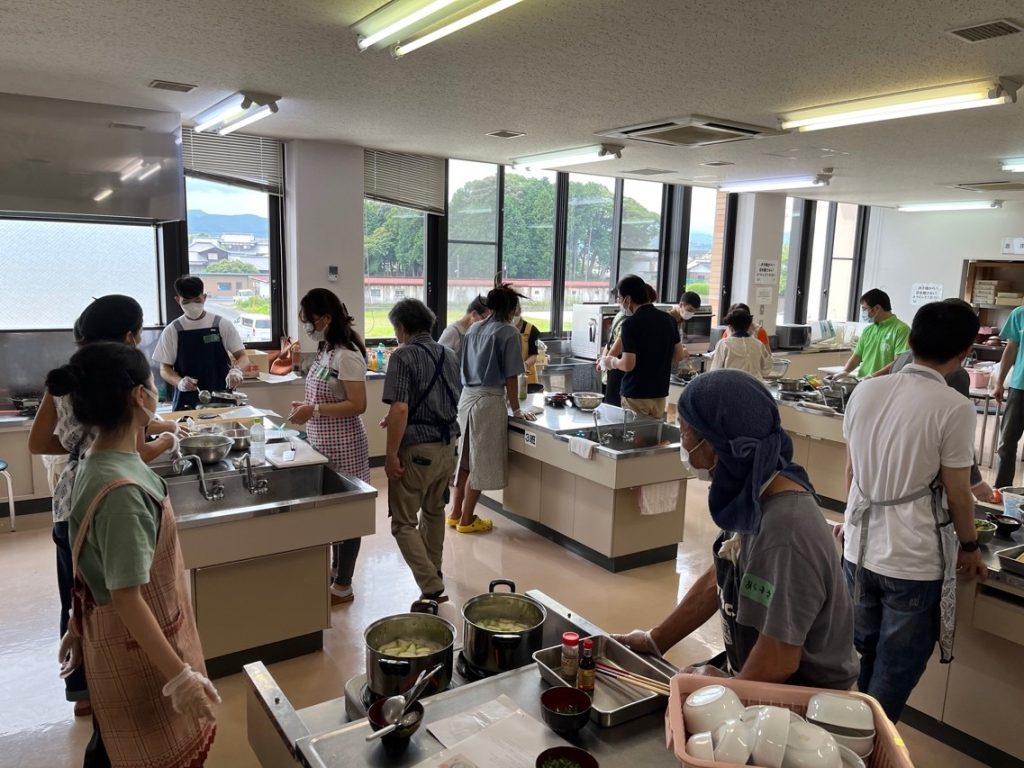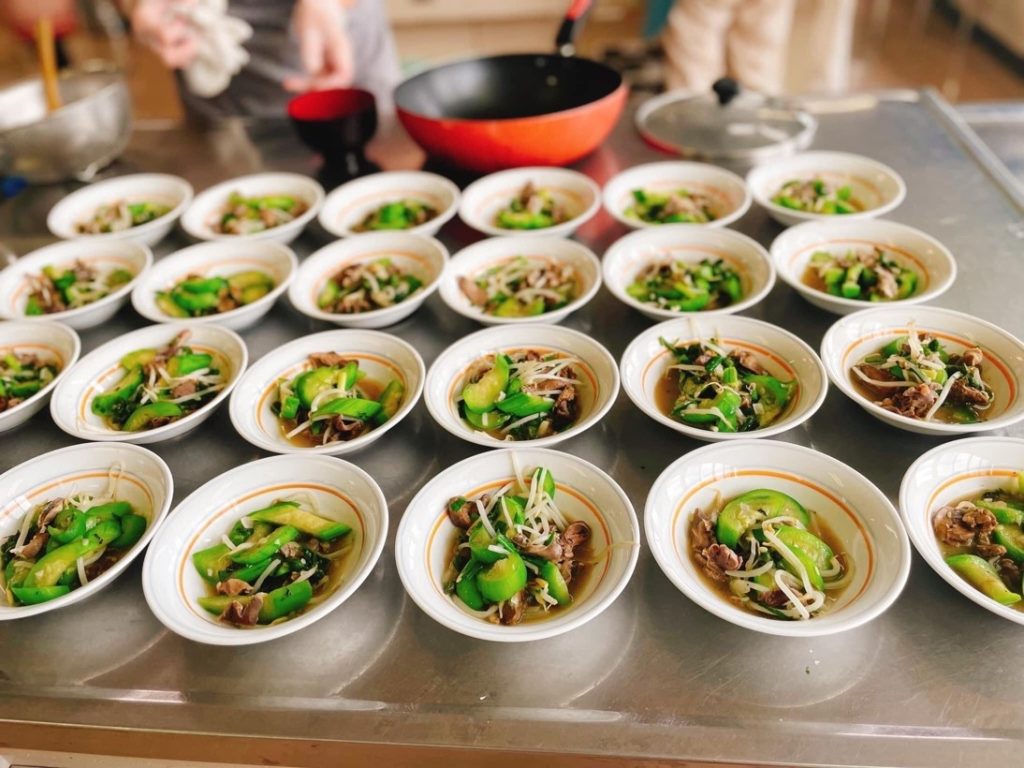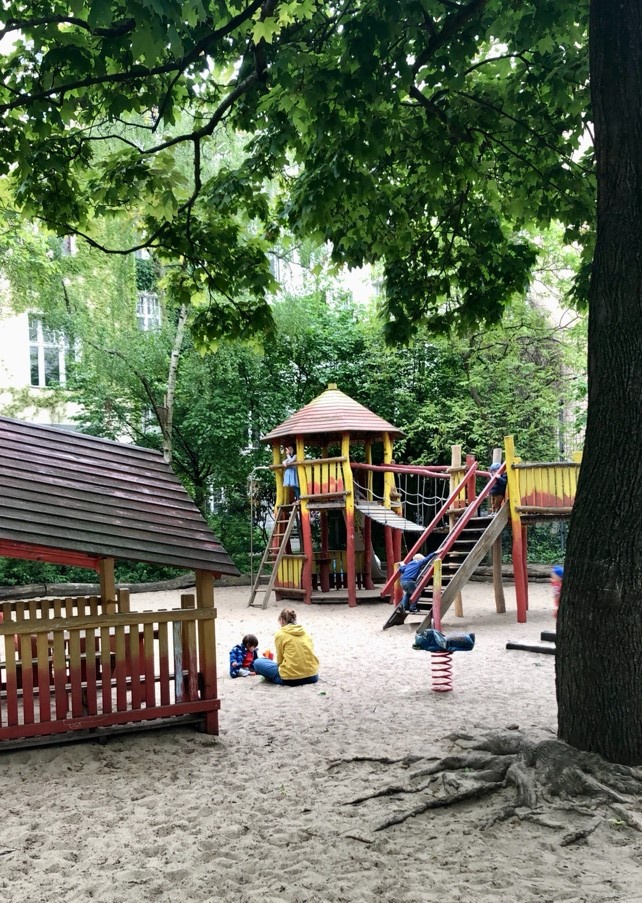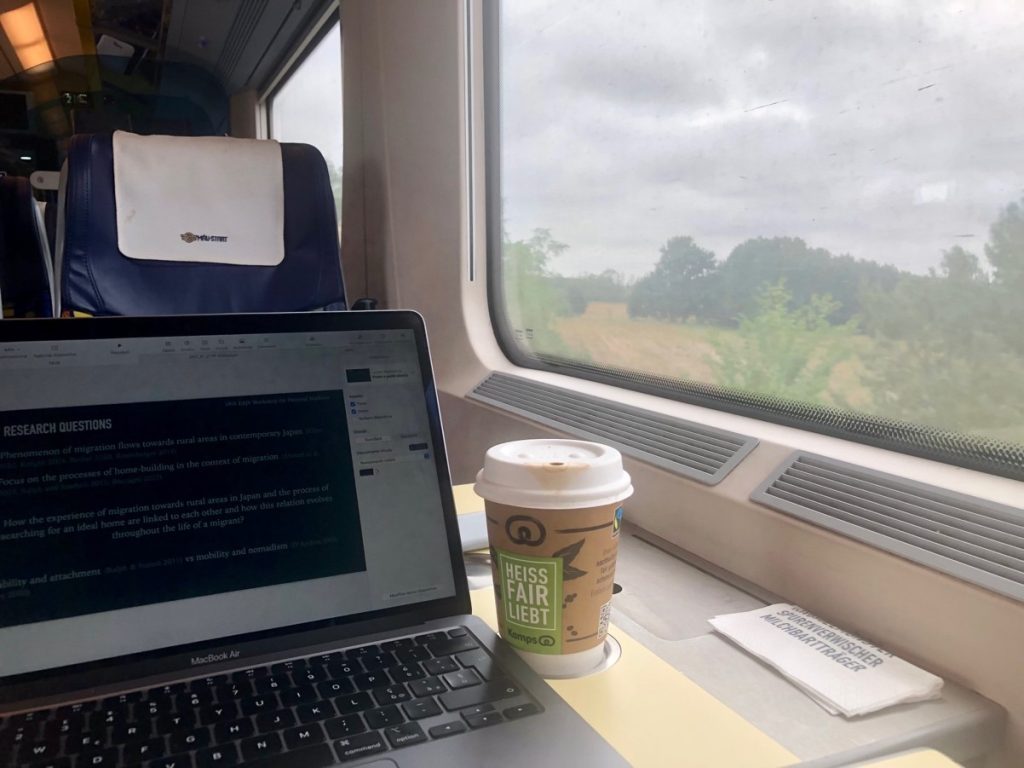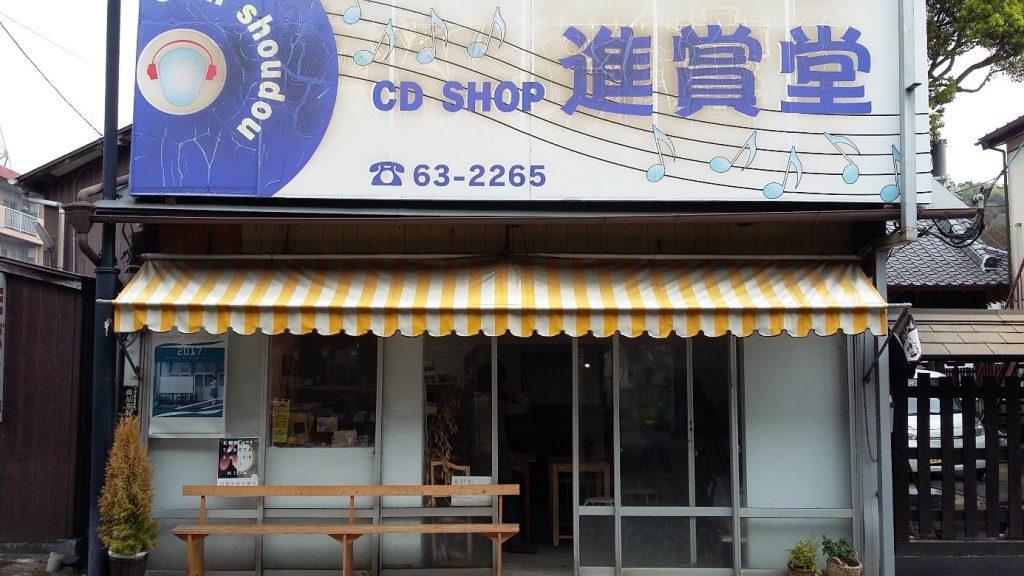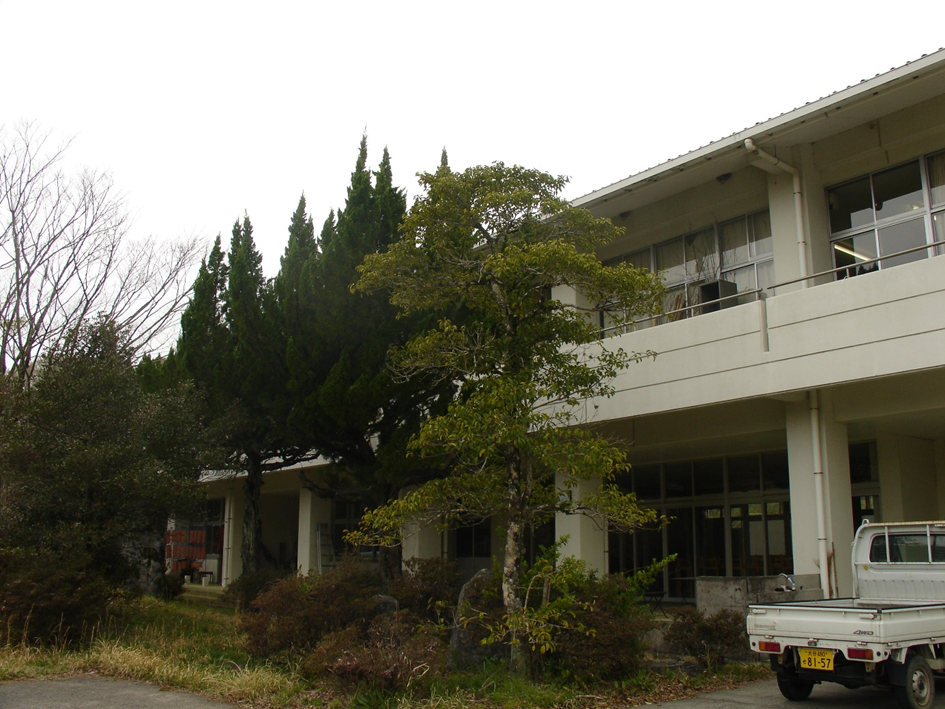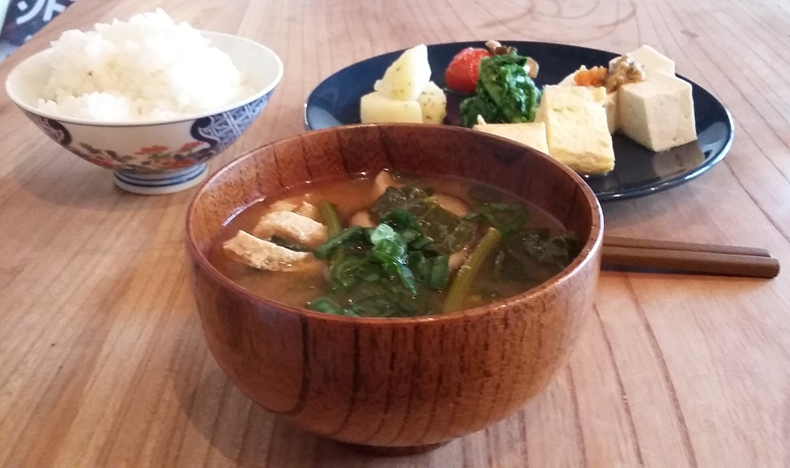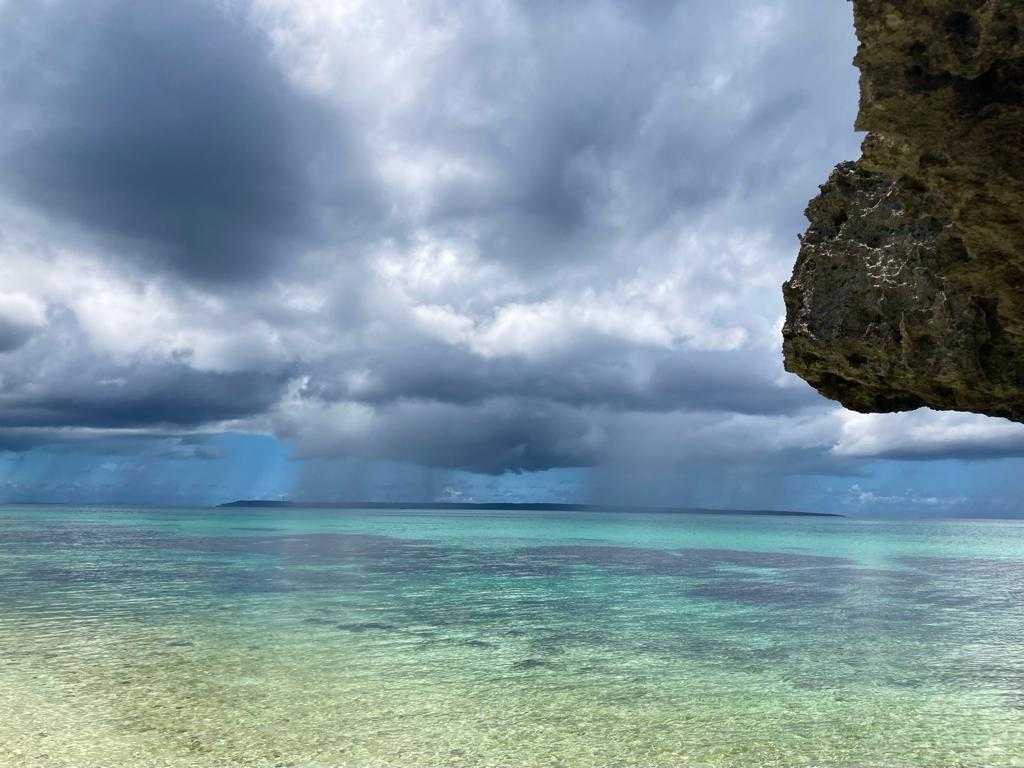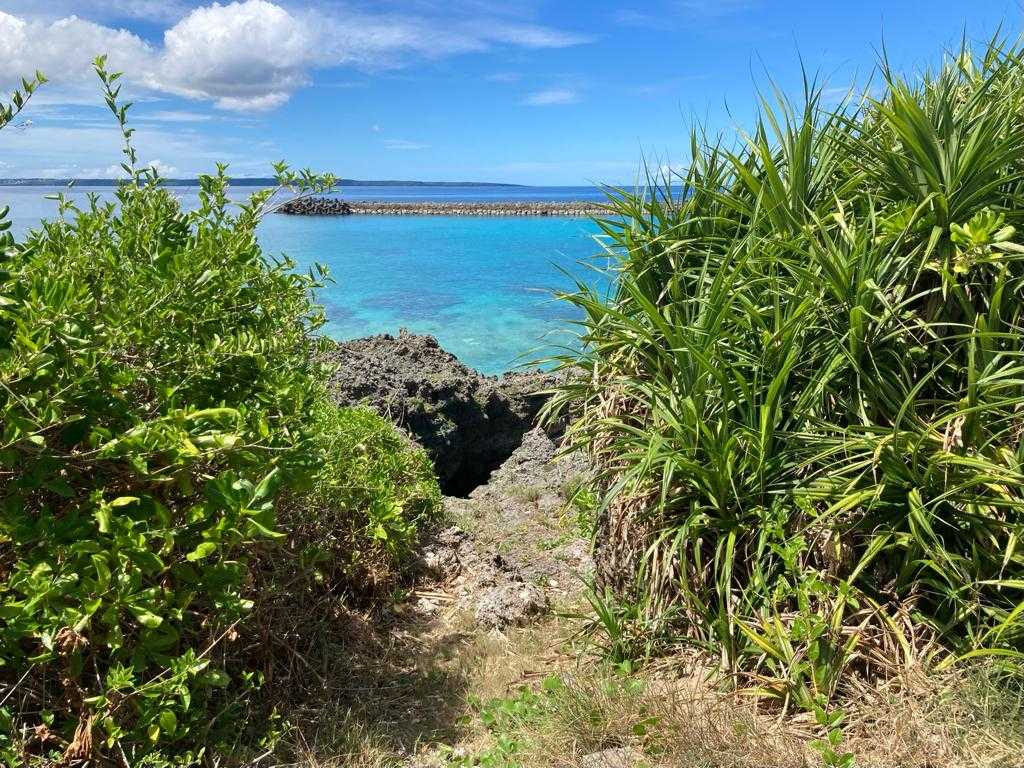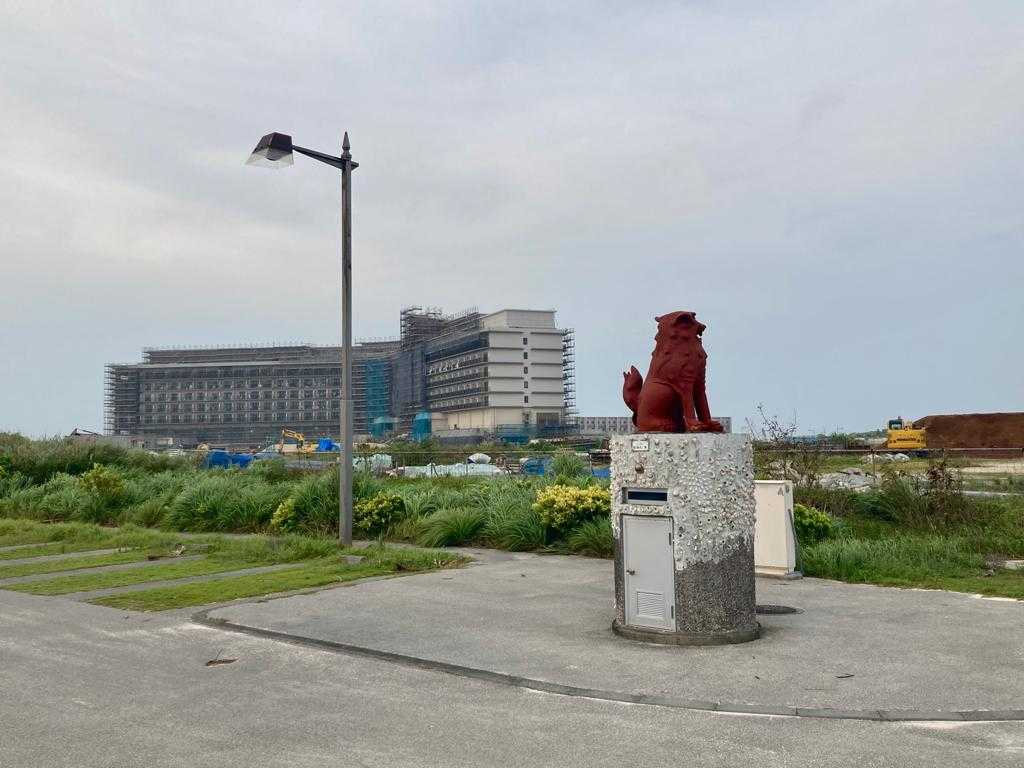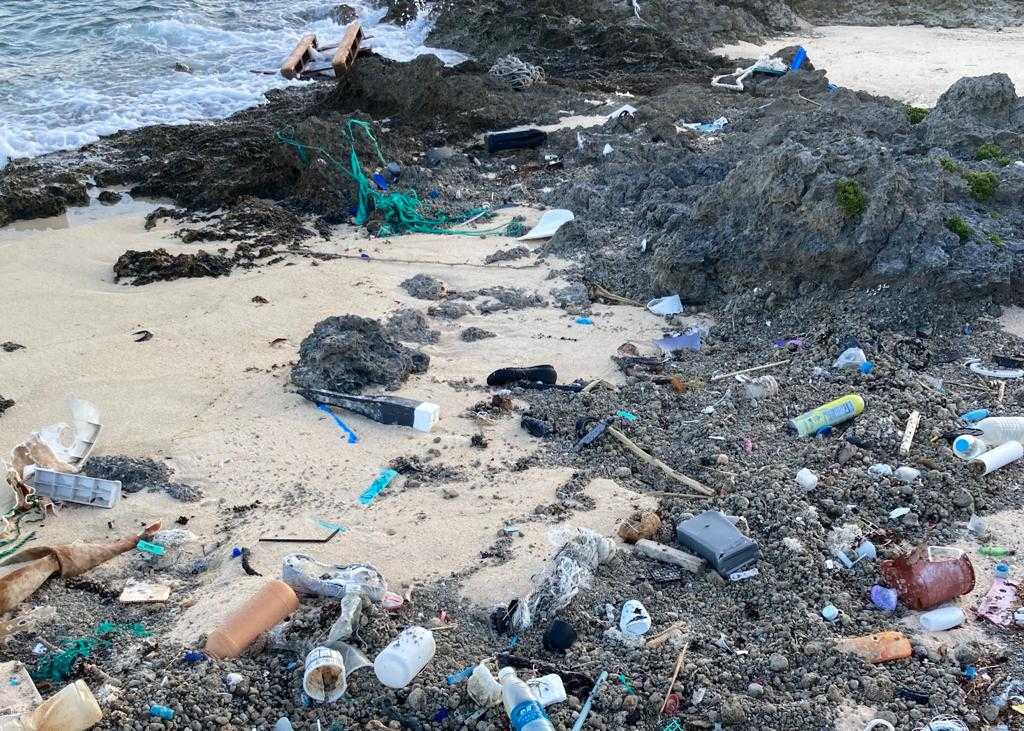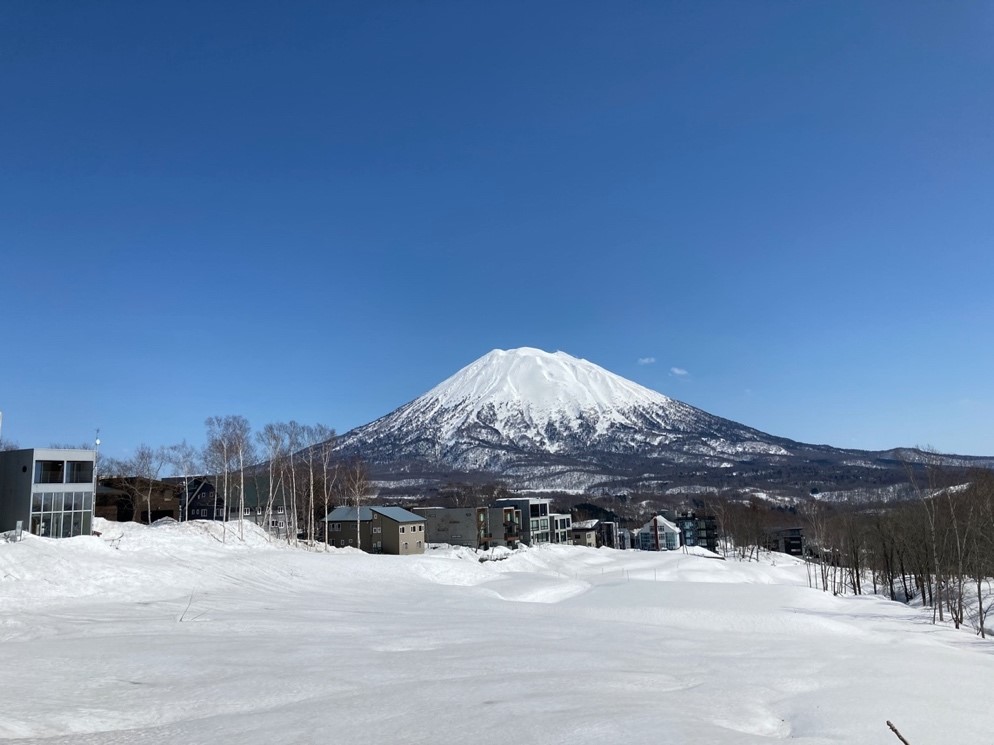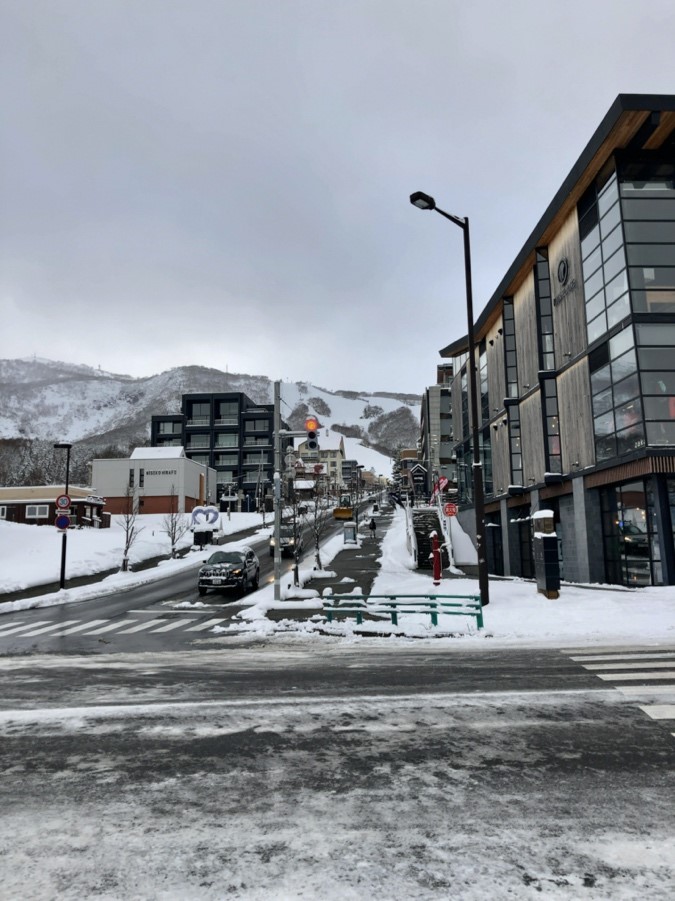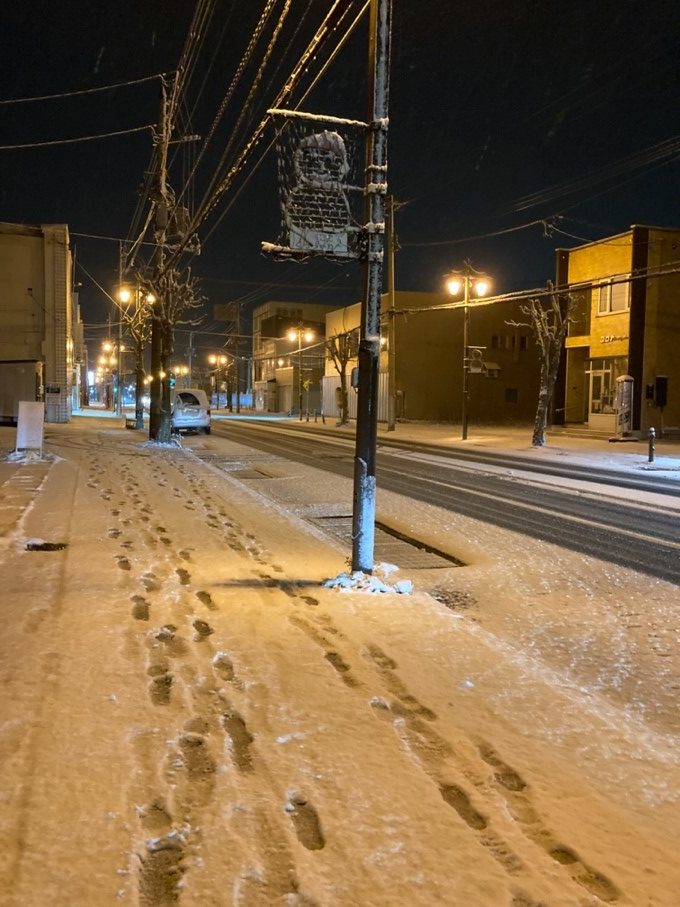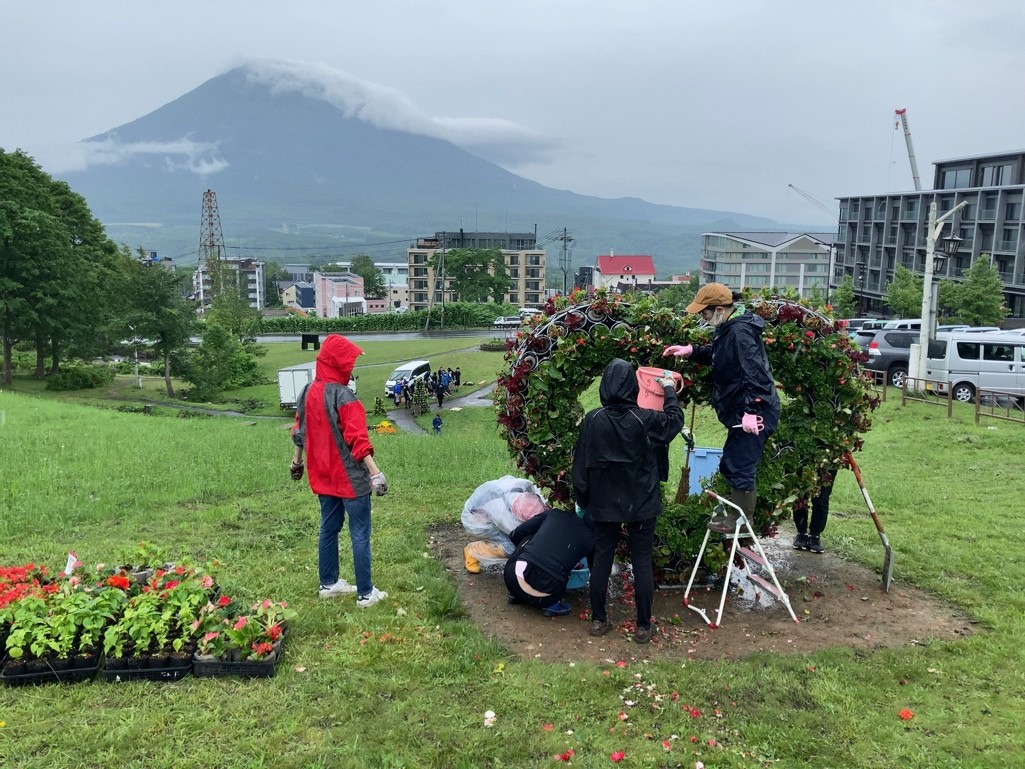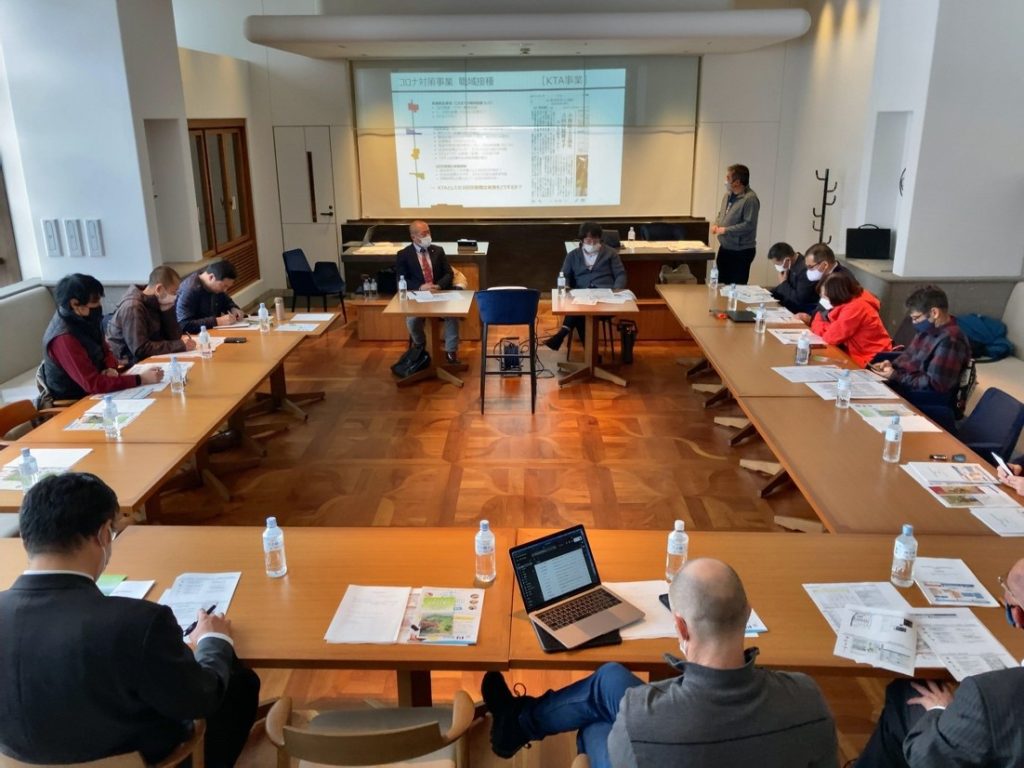by Maritchu Durand
There have been some changes since my last blog post. Unfortunately, my work on the project has come to an end. But this has given me the opportunity to finally dive into my master’s thesis more deeply. Focusing on the renovation of akiya in rural Japan and their role in rural revitalization, I am now approaching my research subject on two fronts. First, I am reading about the numerous case studies that have been conducted in the last few years, as well as important works on urban-rural migration. Second, I am entering the wild world of YouTube in order to find concrete cases of migrants’ representation and narratives of their experiences with DIY renovation. Since I previously have looked at videos published by a prefecture, now I want to find more personal testimonies, filmed, edited and posted by individuals. In this post, I will present my first observations from a whole new YouTube world.

A residential house from the early Shōwa period during the renovation process in Arita, Saga prefecture.
Copyright © Cornelia Reiher 2022
First of all, I was quite surprised to find out that there were so many channels about DIY renovation of old houses. Interestingly, most channels combine the words inaka gurashi – life in the countryside – with anything ranging from ‘DIY renovation’ to ‘akiya’ or ‘kominka’. Although the number of subscribers to those channels ranges from only 3000 to sometimes 500 000, all of them feature highly popular videos that have up to two million views. The most popular videos are those showing houses before and after renovation or the often year-long renovation process in 10 to 20 minutes. The different channels can be divided into two groups: the ‘silent ones’ and the ‘talkative ones’. In the talkative videos, the – often quite young – house owners play a prominent role in explaining their renovation process and showing themselves during renovation work, gardening or exploring the region. They are the main actors and viewers follow them along their journey through renovation. These videos can be quite explanatory and technical, but often also present features of conventional TV programs in Japan: comical sound effects, bright and colored subtitles and comments by an out-of-frame narrator. See for example:
ACHTUNG: Daten nach YouTube werden erst beim Abspielen des Videos übertragen.
However, there are more videos of the ‘silent type’ where migrants rarely show their faces and do not talk. Explanations are provided via subtitles. Light and upbeat music or slow and melancholic instrumentals accompany footage of renovation work, the houses and the natural and quiet surroundings featuring insects and diverse flowers, cold mountain streams and organic vegetables in gardens behind the house. See for example:
ACHTUNG: Daten nach YouTube werden erst beim Abspielen des Videos übertragen.
While each channel has its own characteristics, all of them share common features and representations that are particularly interesting to observe just after reading Susanne Klien’s work on urban-rural migrants in post-growth Japan[1]. Like Klien’s many interviewees, the house owners in the videos are young urbanites who recently decided to change their lives and move to the countryside. They are lifestyle migrants who chose to leave the city and their jobs to live closer to nature in a rural environment. The videos present two main aspects of urban-rural migrants’ life in the countryside Klien has identified: while showing satisfaction and joy in their life surrounded by nature, cultivating their garden, discovering wildlife and slowing down in their everyday life, urban-rural migrants also face difficulties in their new lives. When migrants talk about difficulties and failures, it is often presented as a great opportunity to learn in the videos. Still, it cannot be ignored that their renovation enterprise takes up most of their time, energy, and money as renovating a house requires time, skills and resources. But there are also differences between the migrants in the renovation videos and those in Klien’s work. While situated in a liminal state between movement and settlement, the latter enjoyed a certain freedom of movement and did not hesitate to change locations when they wanted to. In contrast, the young migrants who bought a house and are now renovating it put all their efforts and resources into this enterprise and seem much more tied to a particular place. They cannot move away on a whim or break off in the blink of an eye.

This former public bath in Taketa, Oita prefecture was renovated and is now used as a restaurant and gallery.
Copyright © Cornelia Reiher 2022
This situation might seem like a trap for young migrants that engage in akiya renovation projects that might as well fail. However, from a more positive perspective, the migrants choose to invest in the land, the house and the place to create a future home. The renovation process also gives them the opportunity to meet many local people who help them. Finally, such renovation projects by urban-rural migrants could contribute to more sustainable migration and rural development in the long run.
[1] Klien, Susanne (2020), Urban migrants in rural Japan: Between agency and anomie in a post-growth society, Albany, NY: State University of New York Press.







